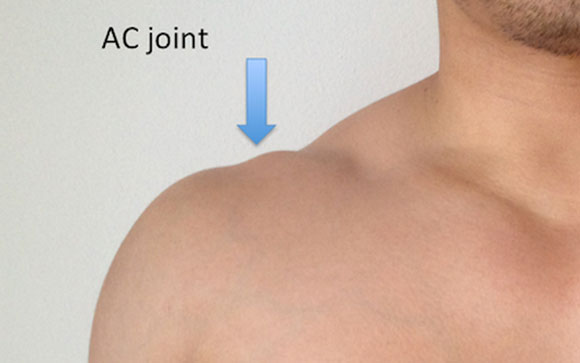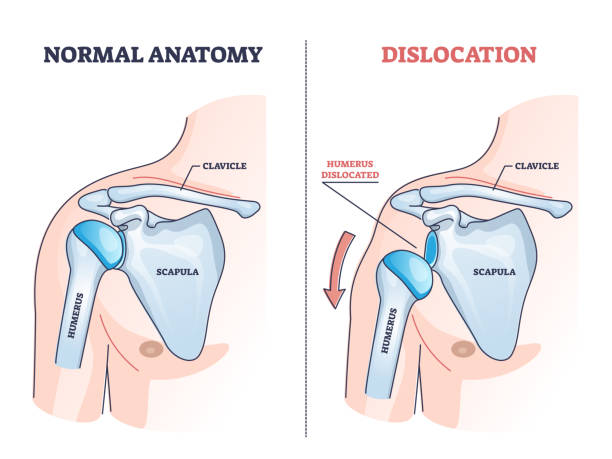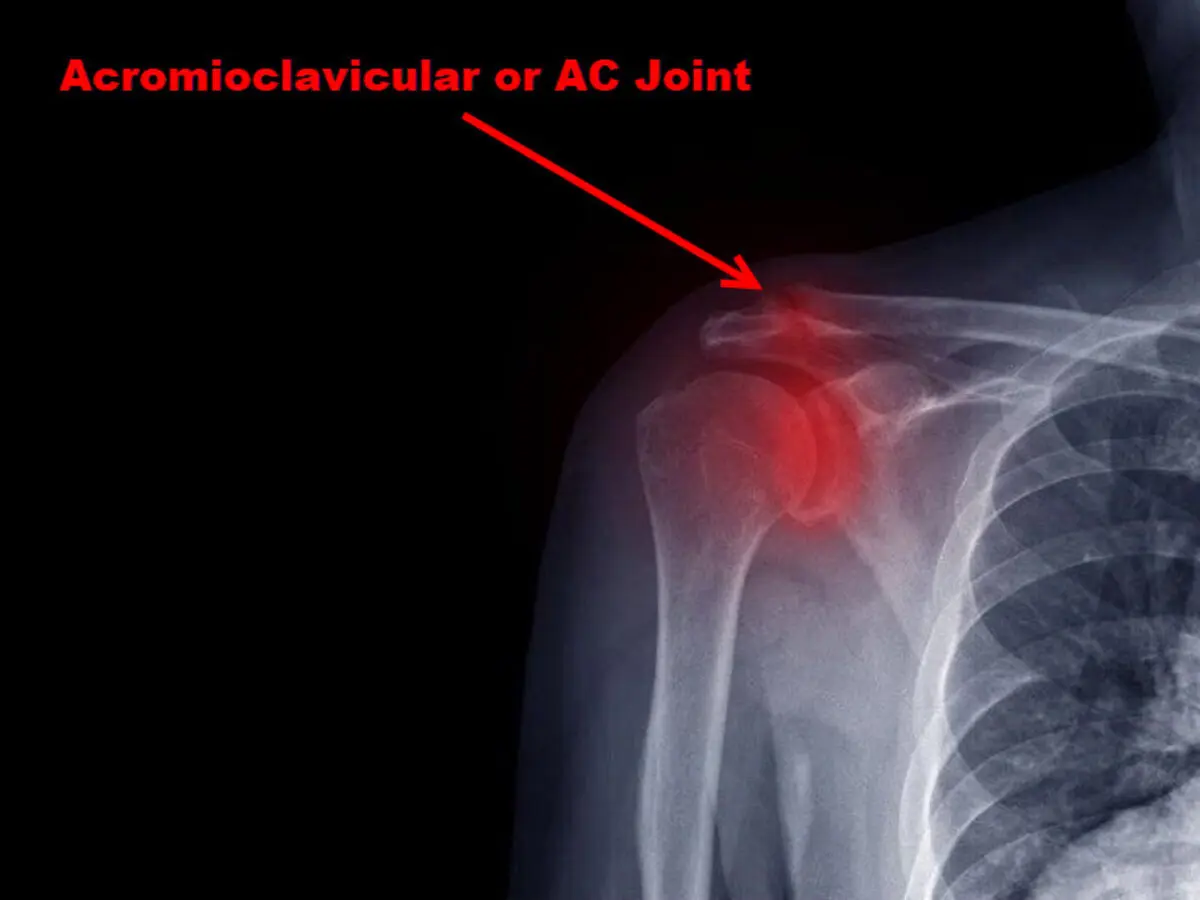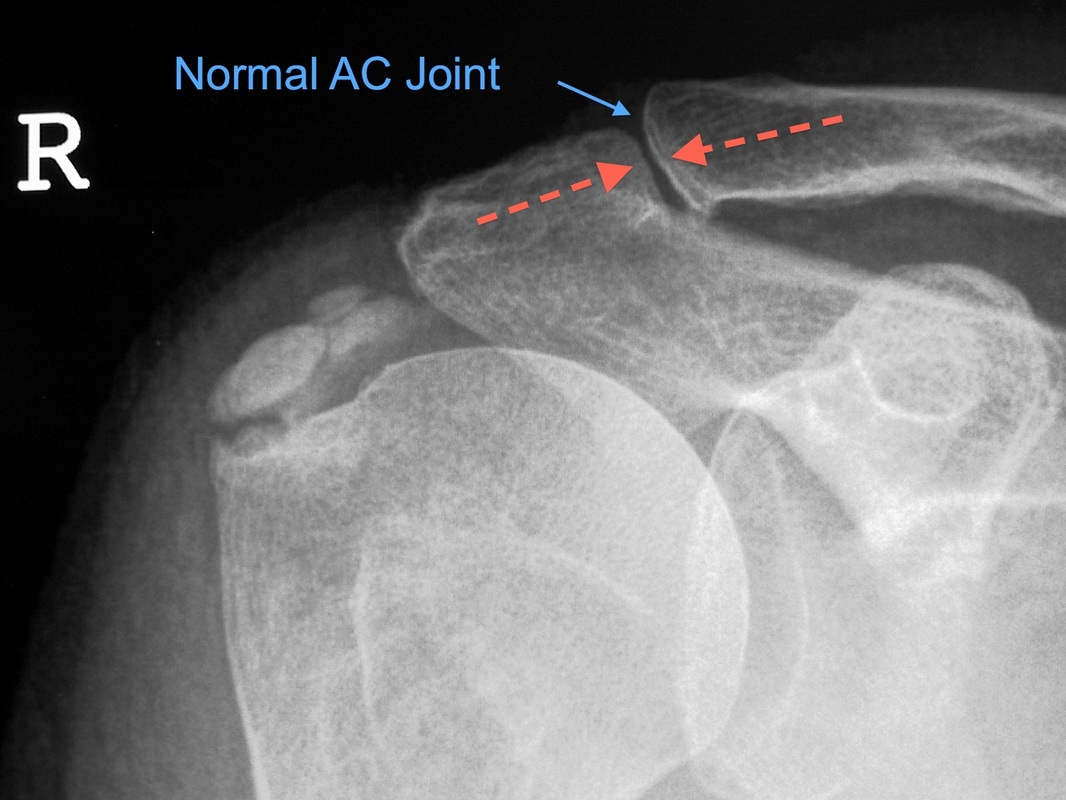AC Joint Pathologies
"To keep the body in good health is a duty... otherwise, we shall not be able to keep the mind strong and clear."
AC Joint Pathologies
Acromioclavicular (AC) joint pathologies refer to various conditions affecting the joint where the acromion (part of the shoulder blade) meets the clavicle (collarbone). Common AC joint pathologies include AC joint separation, osteoarthritis, and AC joint dislocation. AC joint separation occurs when the ligaments connecting the acromion and clavicle are torn, often due to trauma, resulting in pain, swelling, and deformity. Osteoarthritis of the AC joint involves degeneration of the cartilage, leading to pain, stiffness, and decreased range of motion. AC joint dislocation occurs when the joint surfaces are completely displaced, causing severe pain and instability. Treatment for AC joint pathologies may include rest, physical therapy, anti-inflammatory medications, corticosteroid injections, or surgery in severe cases to repair or stabilize the joint. Management depends on the specific pathology, severity of symptoms, and patient factors.

Types Of AC Joints
There are several different types of AC Joints.
The acromioclavicular (AC) joint, situated at the top of the shoulder, comprises two main types: the normal AC joint, characterized by healthy ligaments and cartilage facilitating pain-free movement and stability, and the abnormal AC joint, encompassing various pathologies such as separation, osteoarthritis, dislocation, or injuries impacting ligaments, cartilage, or bones of the joint. Treatment for abnormal AC joints varies, ranging from conservative measures like rest, physical therapy, and medications to surgical intervention in severe cases. Accurate diagnosis of the specific AC joint pathology is pivotal for determining the most effective treatment strategy and ensuring optimal outcomes for individuals with shoulder injuries or conditions affecting the AC joint.

What Happens during a AC Joint Replacement?

During an AC joint replacement surgery, performed under general anesthesia, the surgeon makes an incision over the AC joint, removes the damaged portions of the clavicle and acromion, and prepares the bones to receive prosthetic components. These components, typically made of metal, mimic the natural joint surfaces and are securely implanted into the prepared bone. The incision is then closed, and drains may be inserted to remove excess fluid. Following surgery, patients undergo rehabilitation and physical therapy to restore shoulder function, with recovery spanning several weeks to months. AC joint replacement aims to alleviate pain, improve shoulder mobility, and enhance overall quality of life for individuals with severe AC joint arthritis or related conditions.
We are here to help you Get relief from your pain
Get reed of from various body pain from our experienced doctor.


